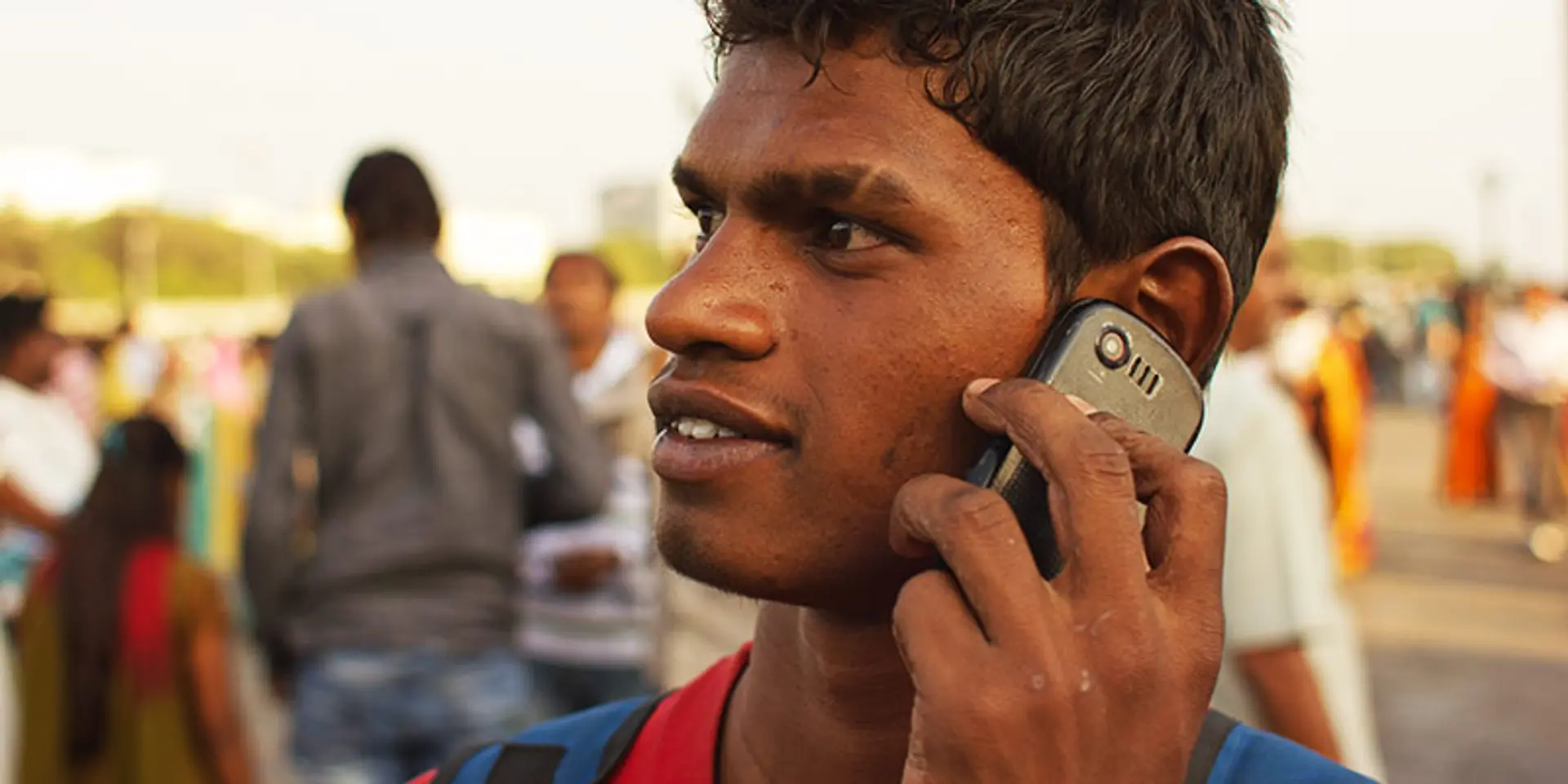Revolution 2.0 - Going beyond the Great Wall of China
The last few years have seen a significant revolution in the mobile device manufacturers market in India. Moving from strength to strength, device manufacturers in India mastered the art of providing mobile devices to the masses. A young man playing loud music on his Android smartphone no longer raises eyebrows, even if he is doing it at a remote bus stop in rural Karnataka. Or, for that matter, in Bihar. These ODMs (Original Device Manufacturers) mastered the art of getting devices that fit the need and requirement of the local market. Running on their strength of distribution and sales, device manufacturers sold millions of devices in India. They even challenged and, in some cases, defeated the Goliaths of this trade namely Samsung, LG, Nokia and Motorola. The “Made for India” Nokia phones that grandmothers used to swear by got replaced by five- inch screen Android smartphones with whatsapp and 10 to 12 megapixel cameras.
This whole ecosystem was driven by the “Shenzen Model”. Riding on the strength of distribution that they possessed and sourcing various kinds of device from China, the ODMs brought about a revolution in the Indian market. Suddenly everybody had access to low-cost smartphones with perpetually increasing screen sizes and camera pixels. Hardware differentiation was driven by the Shenzen market and devices with in-built projectors and rotating cameras made their way to India. There was a vast opportunity and all ODMs were in a land grab mode. They successfully brought the Goliaths down with these hardware differentiations and products that were flying off the shelf. It was a great achievement. India became number two in mobile phone usage with 924 million people using mobile phones; which amounts to 74.16 per cent of India’s 1.2 Billion population. Approximately two-thirds of the sale made in 2014 was driven by Indian ODMs.

This is a commendable performance. But there are new challenges as Chinese brands have started creating a foothold for themselves since the second half 2014. Xiaomi, OnePlus, Oppo entered the subcontinent with an aggressive intention to capture the Indian device market. There are early winners as well with the innovative online sales model challenging the existence of large distribution strength that the Indian ODMs rode on. The challenges increase with flattening device sales in India. With 74.16 percent already using mobile devices, consumers are reaching a saturation point for mobile devices and are demanding more from each device that they pay for. And this demand can only be fulfilled with software differentiations in the phones. The challenges will increase many folds with the “ache din” government and the Make in India campaign driving import duties and taxes higher for importing goods from China.
2015 is going to see the birth of Indian ODM 2.0. The ODM2.0 will think beyond the Great Wall of China and will try to build customer loyalty around their device brands. This would largely be driven by software and hardware differentiation and features that will tie the user to a particular brand. And Indian ODM 2.0 can try to innovate and creative stickiness to its brand by providing additional software and cloud features to hook the user to their brands and would rework its image to provide a branded, higher quality device for the consumers. We have seen early moves with Xolo and Yureka coming out as parallel brands from Lava and Micromax. It is also the emergence of adoption of OS based on the larger Android ecosystem namely Android One, CynogenMod and Mobiliya Kratos.These modified Android OS drives software differentiation that the brands who want to differentiate are looking for and we have seen early adoptions in the case of Wham, OnePlus and Micromax Yu brand of phones.

The ODM2.0 will also pave its way to create new market for itself. The struggle to reach the number one position in device sales will explore new markets as well. The ODM2.0 will become vertically focused with consumers with devices made for the youth, young parents, child and the elderly packed with services that these users can consume. The ODM2.0 will also target the enterprise market with smart phones and tablets becoming ubiquitous at work place. This would be driven by a secure enhanced Android OS that is enterprise ready and comes integrated with VPN, Single Sign On and content tracking system. We would see the emergence of devices specially made for the airline industry, manufacturing, education and mining. Wearables would be an interesting space to see.
It would be interesting to see which ODM rises as a winner in the ODM2.0 race. Do comment on this article if you are using any interesting device that you have recently used.
About the author:
Ankush Tiwari is the cofounders of Mobiliya. He has more than a decade of experience in building software for mobility. He was the Lead Architect for Azingo (acquired by Motorola), where he led the Web 2.0 application framework and middleware architecture for the Open Source Linux Platform and the open source browser for embedded systems.







